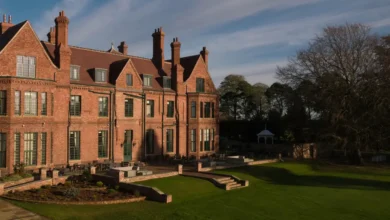Latest News
UK remains an attractive destination for hotel deals
James Greenslade, director, hotel capital markets at Savills, discusses recent trends in hotel M&A activity and what this could mean for the sector moving forwards

The past few weeks alone have seen numerous UK hotels snapped up by eager buyers. Vine Hotels, the Inn Collection Group, and Crieff Hydro have all extended their portfolios since the start of August.You'll need to
subscribe to unlock this content. Already subscribed? Login?





